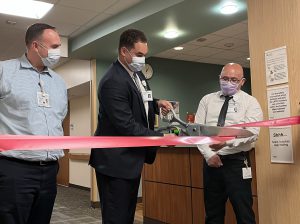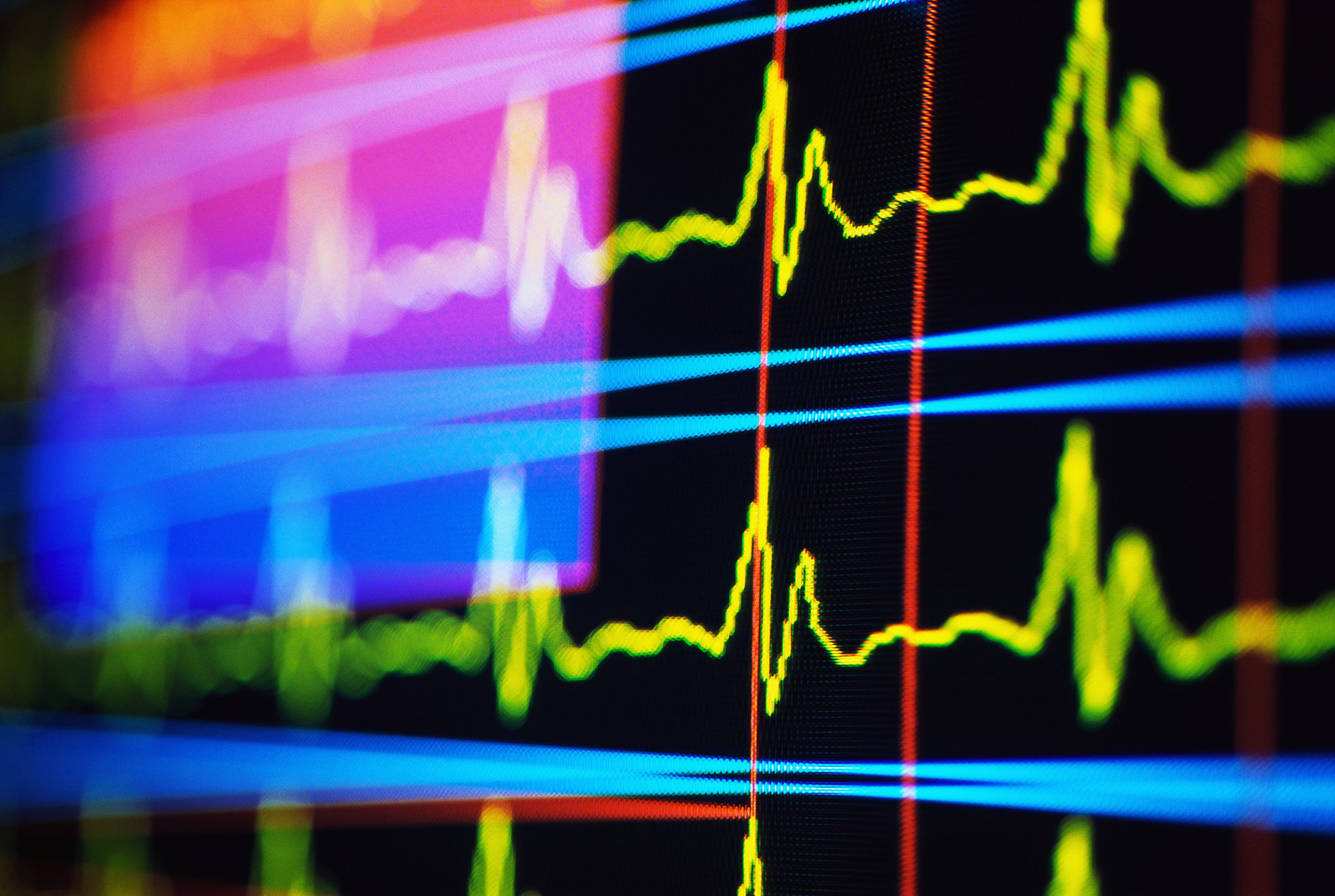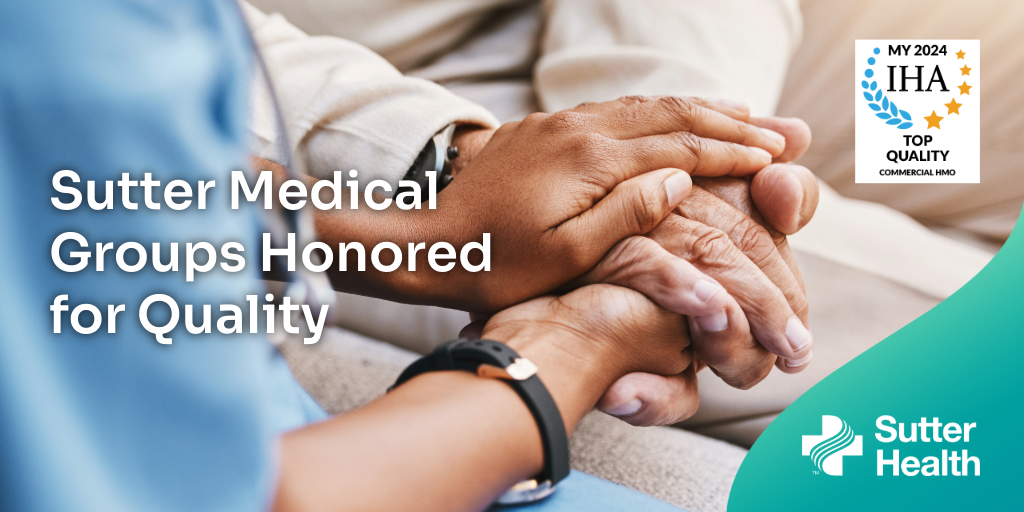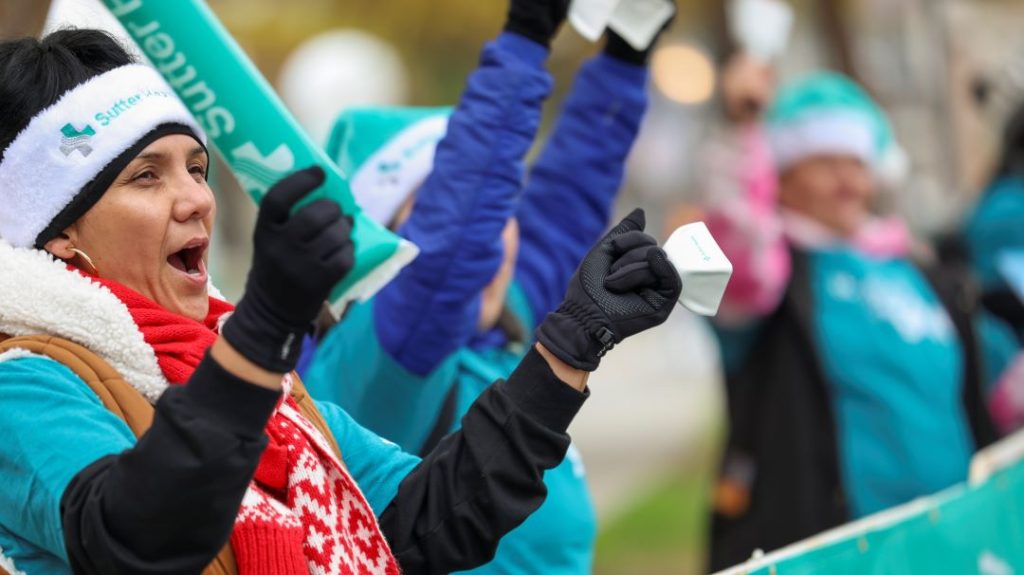A nurse for more than 20 years, Cris Panaligan tells patients that his job is to help them stabilize after surgery, injury or illness. Part of that job is to keep a watchful eye over the healing process and respond to new or worsening symptoms.
Thanks to new technology at the hospital where Panaligan works, his job just got a little easier.
Sutter Mills-Peninsula Medical Center recently deployed a state-of-the-art continuous cardiac monitoring system, which can detect changes in the heart’s electrical activity, rhythm and rate, the instant they occur. Panaligan explains that this real-time tracking of irregular heartbeats, or arrhythmias, is important for patients who are considered high-risk for potentially life-threatening cardiac events.
The technology, which includes bedside monitors, is now available in 35 patient rooms at the 241-bed acute care facility. With the tech in place, and staff ready to interpret the incoming data, Panaligan says the hospital has laid the foundation for a dedicated cardiac telemetry unit. (Telemetry refers to the automatic measurement and wireless transmission of data.)

Mills-Peninsula Medical Center Staff from left to right: Brandon Hastings, Senior Director of Inpatient Nursing, Darian Harris, CEO, and Cris Panaligan, Nurse Manager marked the dedication of the cardiac telemetry unit with a ribbon cutting.
The milestone was marked with a ribbon cutting earlier this week.
The new cardiac monitoring capability is expected to have a positive impact this winter when respiratory viruses surge and can complicate existing heart conditions. It creates a safe option for patients to leave critical care units, while still benefiting from much of the extra monitoring that occurs there.
“You can be well enough to no longer need critical care, but not be out of the woods yet, particularly as it relates to your heart health,” explains Brandon Hastings, senior director of inpatient nursing at Sutter Mills-Peninsula Medical Center. “We now have 35 inpatient beds that offer a higher level of observation for patients who have a known or suspected cardiac risk but are otherwise on the mend.”
The continuous electrocardiograph or ECG features will also be a boon to patients who are roomed right after a successful cardiac procedure.
“Mills-Peninsula is known for providing world-class cardiovascular care, which includes cardiac and vascular surgery, cardiac electrophysiology, interventional cardiology and radiology, each aided by advanced technology and expert staff,” said Jenny Ellman, chief nurse executive of Sutter Mills-Peninsula Medical Center. “Now we have a unit where patients can come to recover after these planned procedures and their heart will be monitored the entire time they’re here, from admission to discharge, thanks to the portability of the system.”
Sutter Mills-Peninsula Medical Center is recognized as a Blue Distinction Center for cardiac care by the Blue Cross Blue Shield Association and as high performing in the care of congestive heart failure, heart attack and chronic obstructive pulmonary disease by US News & World Report. Sutter Mills-Peninsula Medical Center also received Healthgrades highest distinction in cardiac care, coronary intervention, critical care and patient safety this year, placing it among the top 5% of hospitals nationwide in these focus areas.
Panaligan, who will oversee the upgraded unit, expects that patients in his care may also be recovering from orthopedic or kidney procedures. “These beds may be focused on cardiac surveillance, but really I see them as utility players, ready to receive patients from many other hospital departments, thereby improving overall patient flow, capacity and access.”
The $2.4 million Philips Cardiac Monitoring System was purchased with funds provided entirely by community donors. To learn more about how you can make an immediate and lasting impact on patient care, through charitable giving, click here.





